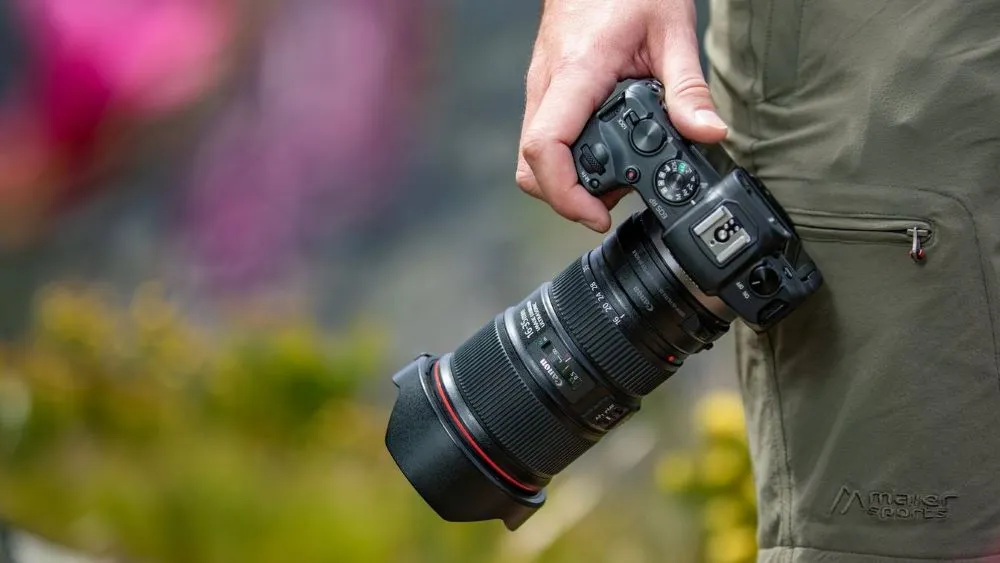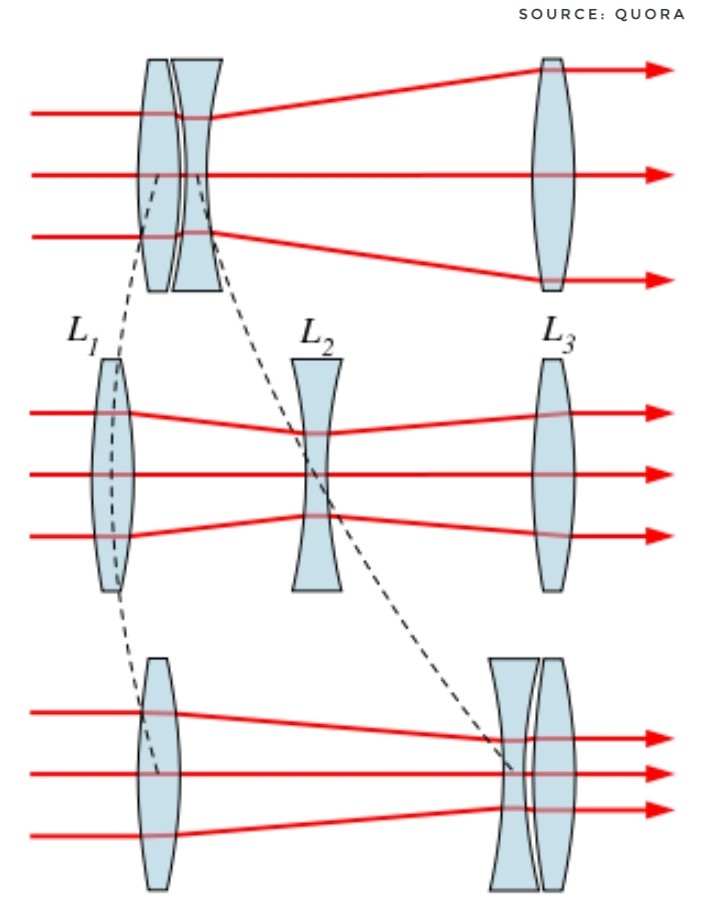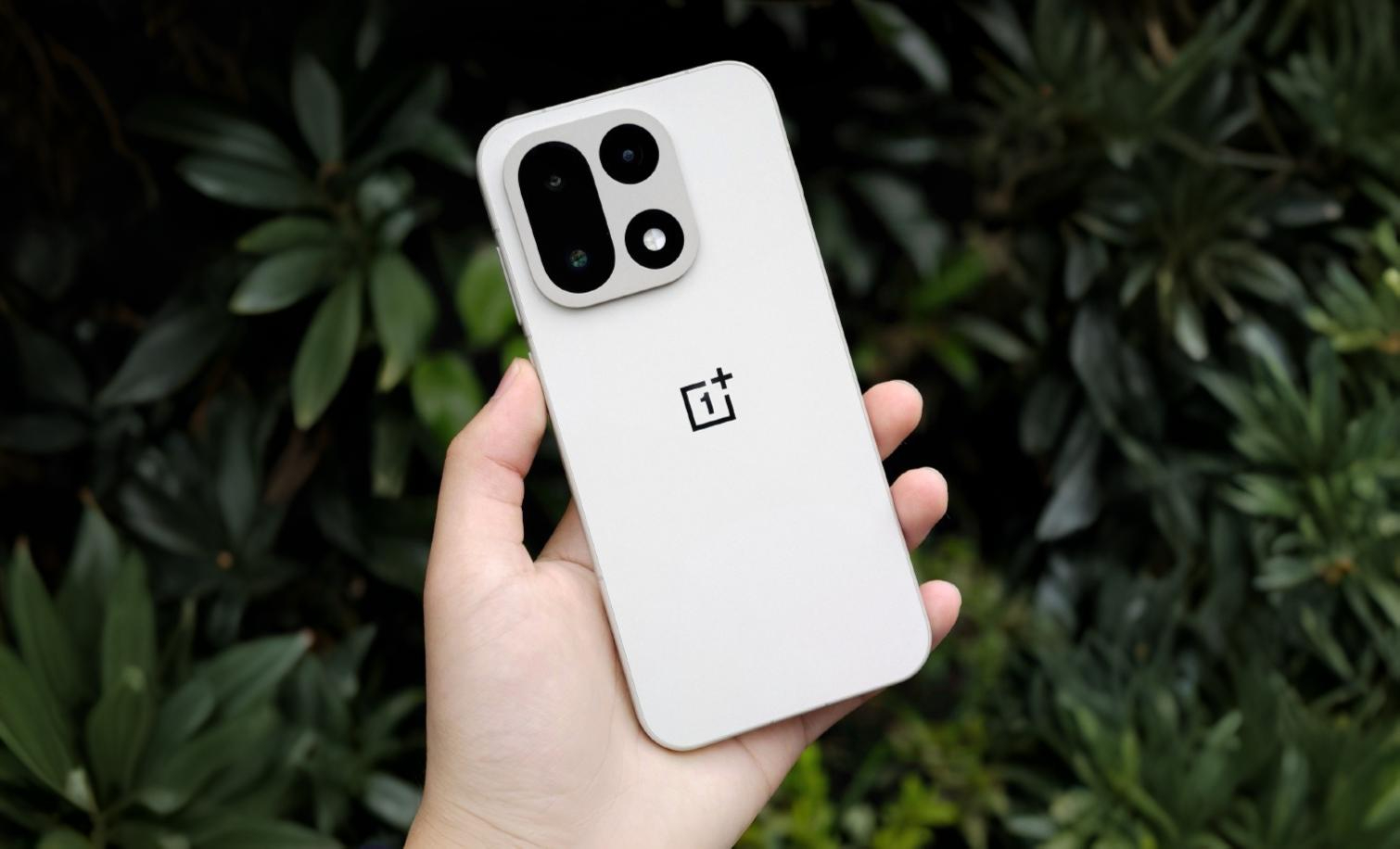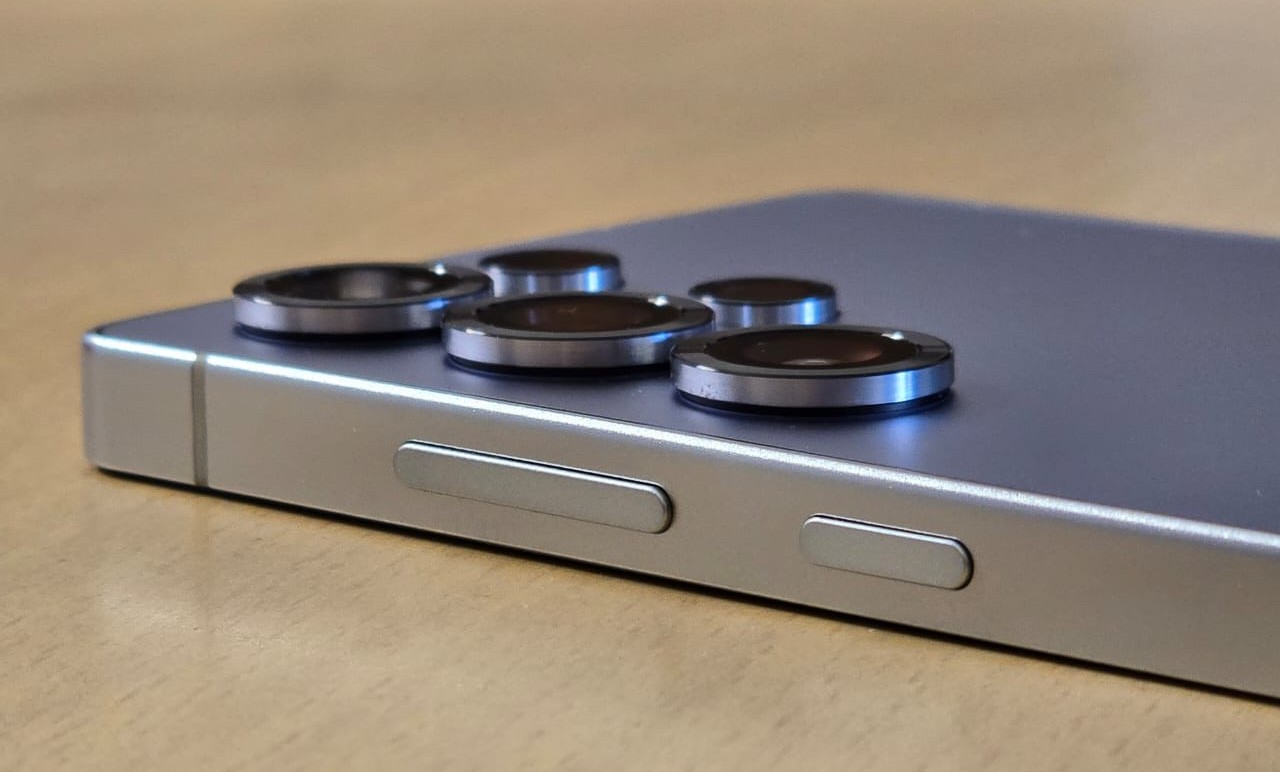Since the Galaxy S21 Ultra, Samsung has been using two different telephoto modules to provide long-range zoom capabilities. This time, the S24 Ultra is expected to feature a massive 150X zoom, which is a 50% improvement over last year’s S22 Ultra. Each iteration brings significant quality improvements in terms of zoom performance.
In addition to enhancing the image processing software, Samsung is also focusing on improving things at the hardware level. We are starting to see information emerge about the camera setup of the S24 Ultra.
Unlike digital zooming, a variable optical telephoto retains its full quality throughout the zoom range. It achieves zooming through the physical movement of optical equipment.
We are often hearing a statement that smartphone camera is becoming more and more dependent on the software as the optics has reached it’s limits and further improvement on the hardware side is becoming increasingly difficult. But it seems that Samsung has returned to their innovation game and they’re not yet willing to agree with the statement.
Rumors suggest that Samsung may swap the 3x and 10x telephoto modules with a single 3-10x variable folded telephoto lens in the S24 Ultra.
The zoom lenses that Samsung as well as most other smartphone manufacturers are currently using, are of fixed focal lengths. It means that they cannot zoom optically by moving the lenses. Going beyond the specific zoom level (example – 3x, for a 3x telephoto) is just cropping a portion of the image form the sensor for the fixed focal length modules.
Here comes the continuous optical zoom that maintains the quality throughout Its zoom range.
Variable optical zoom: what is it?
Projecting a smaller portion of the image on the sensor by varying the distance between multiple lenses is known as variable optical zoom. This type of zooming retains the quality of the image throughout it’s entire zoom range (with the exception of some potential chromatic aberration, which depends on the quality and assembly of the lenses).

Dedicated camera lenses feature this kind of optical zooming. Unlike a digital zoom (which involves cropping from the middle of the sensor), optical zoom utilizes all the pixels to gather information about the image.

In the first case, a smaller portion of the view is projected onto the sensor. As L2 moves to the right, more of the scene is projected onto the sensor. The image represents zooming out and capturing more of the scene in the 3-step representation.
The way multiple fixed focal length telephoto lenses work –
For reference, we’re taking the Galaxy S23 Ultra. It houses a 3x telephoto (70mm) and a 10x periscope telephoto (230mm). The 3x telephoto is basically a specific lens setup calibrated to the field of view of the main sensor’s 3x zoom level. As soon as you jump from 2.9x to 3x, it switches to the 3x telephoto sensor.
Similarly, the 10x folded periscope telephoto is also calibrated to the field of view of the 10x zoom relative to the main sensor. When you hit the 10x zoom level, it switches the view from the ‘3x telephoto’ lens to the ’10x periscope telephoto’.
How variable optical zoom lenses performs better than a fixed zoom telephoto?
When you are anywhere between 3x and 10x, you are just cropping in on the sensor of that 10MP 3x telephoto module. For example, a 6x zoom is actually a 2x crop on the ‘3x telephoto’.
During this digital zoom in between, we see a significant quality loss in the image. It means that you can either prioritize your framing or the quality, you can’t take 9x shots at full quality (because it’s a 3x crop on a 10MP sensor).
But for the case of a continuous optical zoom, the module retains quality throughout the range. You don’t anymore have to go to a higher zoom level messing up your framing just to obtain the detail again. You also have consistent colors throughout the entire zoom range as you don’t have to switch between lenses of different color profiles.
Smartphones have used fixed focal length modules
The key thing comes down to the available technology. How much we can fit inside the slick body of a smartphone. The lenses have to be moved in a precise manner in order to provide a smooth zooming experience. Scaling down the much larger moving parts of dedicated camera lenses to fit inside a small periscope structure of the smartphones is quite challenging.
But Samsung is rumored to be working on a 3-10x continuous optical zoom module to step up their game on the hardware level for their upcoming flagship, the Galaxy S24 Ultra.
Continuous optical zoom has already started making it’s way to smartphones
Smartphones don’t usually have this kind of setup as it requires use of mechanical parts. But as tech is evolving, we have already started seeing variable optical zooming capabilities inside smartphones. LG Innotek recently showcased a telephoto camera lens mechanism that offers a continuous zoom range from 4x to 9x.
The Sony Xperia 1 IV brought continuous optical zoom, starting from 3.5x magnification (85mm) to 5.2x magnification (125mm). The zoom range can be extended with further improvement in this foldable periscope zoom lens technology. Just imagine the main sensor itself offering a 1-5x continuous optical zoom that will cover most of the shots you take without sacrificing the quality a bit (with all the benefits of the main sensor being larger).
While Samsung including a variable optical telephoto inside their next flagship is still a rumor, many smartphone manufacturers are already working on this changeable focal length tech and you can expect devices to bring continuous optical zooms inside your pocket in the coming years.


